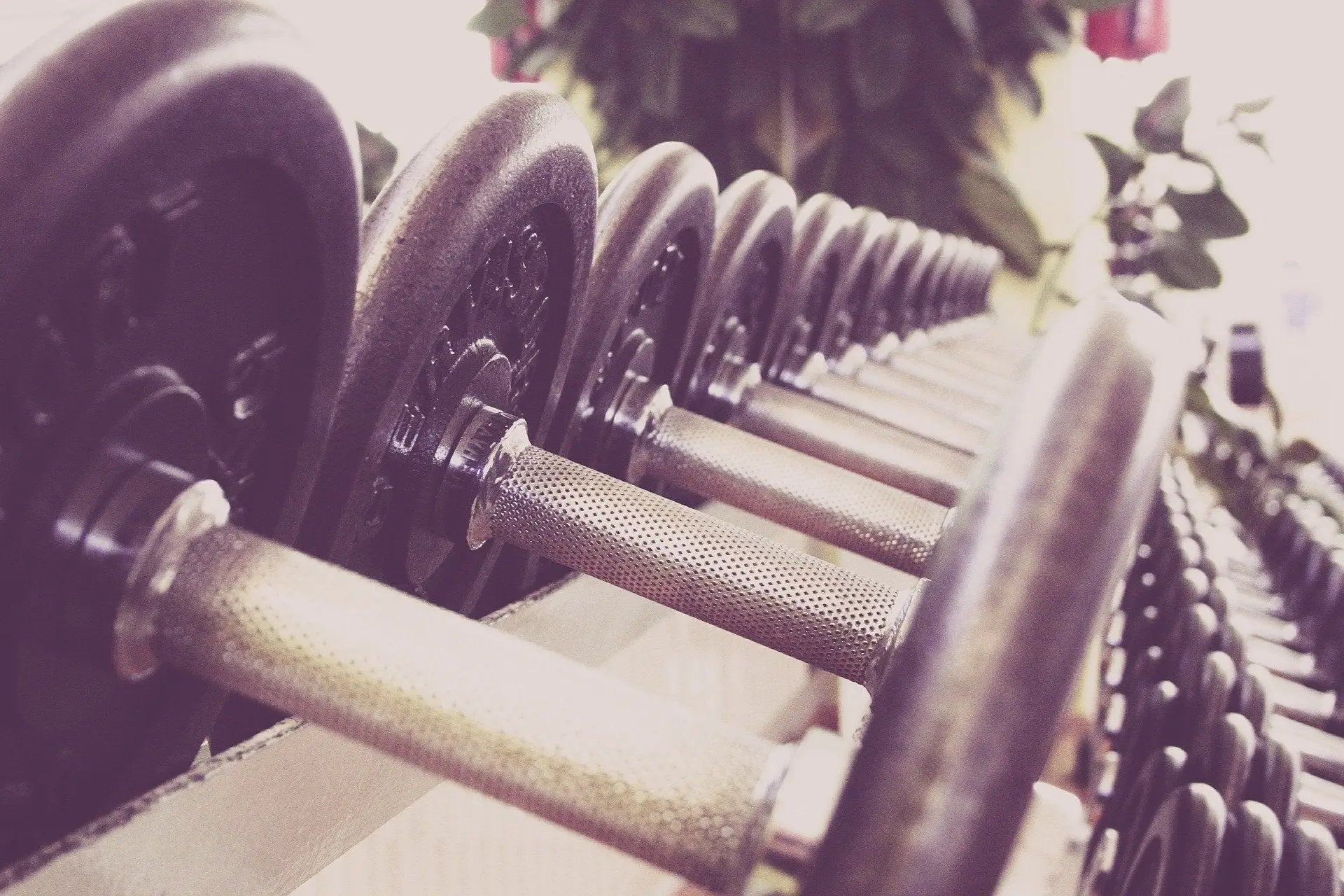
Beginner’s Guide to Lifting Heavy Weights
You’ve made the decision to get fitter – after all, a new year has just started! You’re getting toned and getting your body ready to lift heavier weights, and lucky for you we’re here to help you with just that.
Progressive overload
Building bigger muscles essentially means progressively overloading your muscles by lifting heavier and heavier weights. Your muscles then work to adapt and change to the new weight stress it’s under. You don’t know your limits if you don’t keep pushing yourself, right?
In strength training, you can progressively overload by taking less rest, adding sets and reps, performing more challenging exercises, or by lifting heavier weights.
And if you guessed that the fastest way to progressively overload is by lifting heavier weights, ding ding, you got it.
But if you aren’t working with a trainer that tells you which weights and which exercises to do based on your progress, it can be very difficult to know exactly how to go about it. On one hand, you have to push yourself to get stronger, but on the other hand, pushing yourself too much may mean injuring yourself and setting back your fitness progress – or worse.
Like we said, here to help!
Choosing the right starting weight
Let yourself be guided by how many reps you want to perform, and test the amount of weight that’s challenging for you but also lets you execute them in perfect form.
For example, experts suggest the following sets and reps based on what you want to work on:
Building muscle size – 3 to 6 sets of 8 to 12 reps (using moderate to heavy weights)
Maximal strength – 2 to 6 sets of 6 or fewer reps (using very heavy weights)
Muscle endurance – 2 to 3 sets of 12 or more reps (to test how long your muscles work before they become very tired)
And again, you should be able to perform these sets and reps in picture-perfect form while still being challenged by how heavy it is.
At this early stage, you want to focus on a solid foundation for building muscle size and hitting that 8 to 12 rep sweet spot.
Start with a weight you know you can lift but you’re not sure how many reps you can perform. If you’re able to perform less than 8 reps before you get really tired, or if you’re able to perform 12 reps and still have a ton of energy, adjust weights accordingly (after a short rest) until it feels right.
You want a challenging but doable weight you can perform more than 8 reps of but gets your muscles adequately tired at 12. Capisce?
Once you’ve figured out what the ideal weight is for you, congratulations! Use that as your base to build a strong foundation before you move on to building maximal strength.
Count your reps, and watch your form. If you feel you have energy to do more than 12 reps, move on to a heavier weight (and so on).
Fair warning – if your muscles hurt for more than 3 days after working out or you suddenly feel pain during exercise (instead of it gradually building up), you may need to ease up on the weights.
To help make sure you stay injury-free during this phase, use gym gear and accessories such as elbow sleeves to help against straining your muscles too much. It retains heat and keeps your muscles warmer throughout your exercise routine, and compression helps reduce muscle stiffness.
For beginner-friendly exercises you can do, check out Weightlifting for Beginners!



